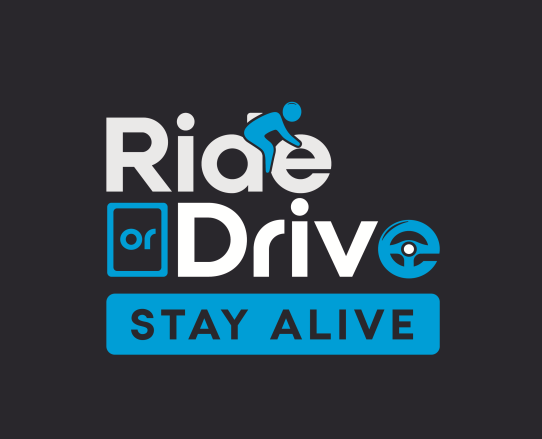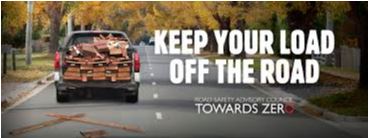Road Safety Survey - Ride or Drive, Arrive Alive
Road Safety Survey
The Community Road Safety Committee is working to promote rural road safety and foster a friendly relationship between motorists and cyclists.
The Ride or Drive Arrive Alive road safety message, aired on SeaFM and 7AD for over 12 months, will end in April 2023.
The campaign was a Kentish and Latrobe Community Road Safety Committee road safety initiative to encourage safer driver and cyclist behaviour on the roadways, pathways and mountain bike trailheads in North West Tasmania.
To help us judge the effectiveness of the survey, we invite you to complete the road safety survey.
By completing the survey, you will have a say in developing future community education campaigns that may contribute to improved safety on our roads. You can complete the survey here.
All information collected in the survey is anonymous, and no personal data will be collected. The survey will close 14 April 2023.
RIDE OR DRIVE, STAY ALIVE
HOW TO OVERTAKE A CYCLIST SAFELY
Bike riding is booming! With so many extra cyclists on our rural roads enjoying life on two wheels, we want to share how to overtake a cyclist safely.
Cyclists are vulnerable to serious injury, or worse because they do not have the protection of drivers. One of the best ways to help keep cyclists safe is to keep a safe distance.
Distance Makes the Difference
In Tasmania, when drivers overtake a cyclist, they must give the following:
· 1 metre of space when the speed limit is signposted at 60km/h and under
· 1.5 metres of space when the speed limit is signposted at over 60km/h.
It is essential only to overtake when it is safe to do so.
Driver Exemptions
There are exemptions for drivers to provide space for the cyclist when overtaking. When overtaking a cyclist safely, you can:
· Cross the centre line markings if safe to do so (i.e., no vehicles coming towards you)
· Cross a flat dividing stripe
· Cross a painted island
If you can’t overtake safely, you need to wait until you can.
Riding Two Abreast
Per Tasmanian law, cyclists can cycle two abreast. They often do this for visibility as two cyclists’ side by side can often be seen more clearly.
When cycling two abreast, riders must be within 1.5 metres of each other and can take the whole lane if necessary to be visible.
When overtaking a group cycling two abreast, drivers must continue to follow the minimum passing distance law.
Be Patient
When overtaking a cyclist, it is important to remain patient and considerate.
A few seconds waiting for a safe place to pass can easily be made up later and can save a cyclist’s life.
Remember to be aware of the roadway and watch out for cyclists. We all deserve to Arrive Alive.
For more information on Ride or Drive, Arrive Alive, follow Council on Facebook.
Ride or Drive, Arrive Alive was made possible with funding from the Community Road Safety Grant Fund and Kentish Council.
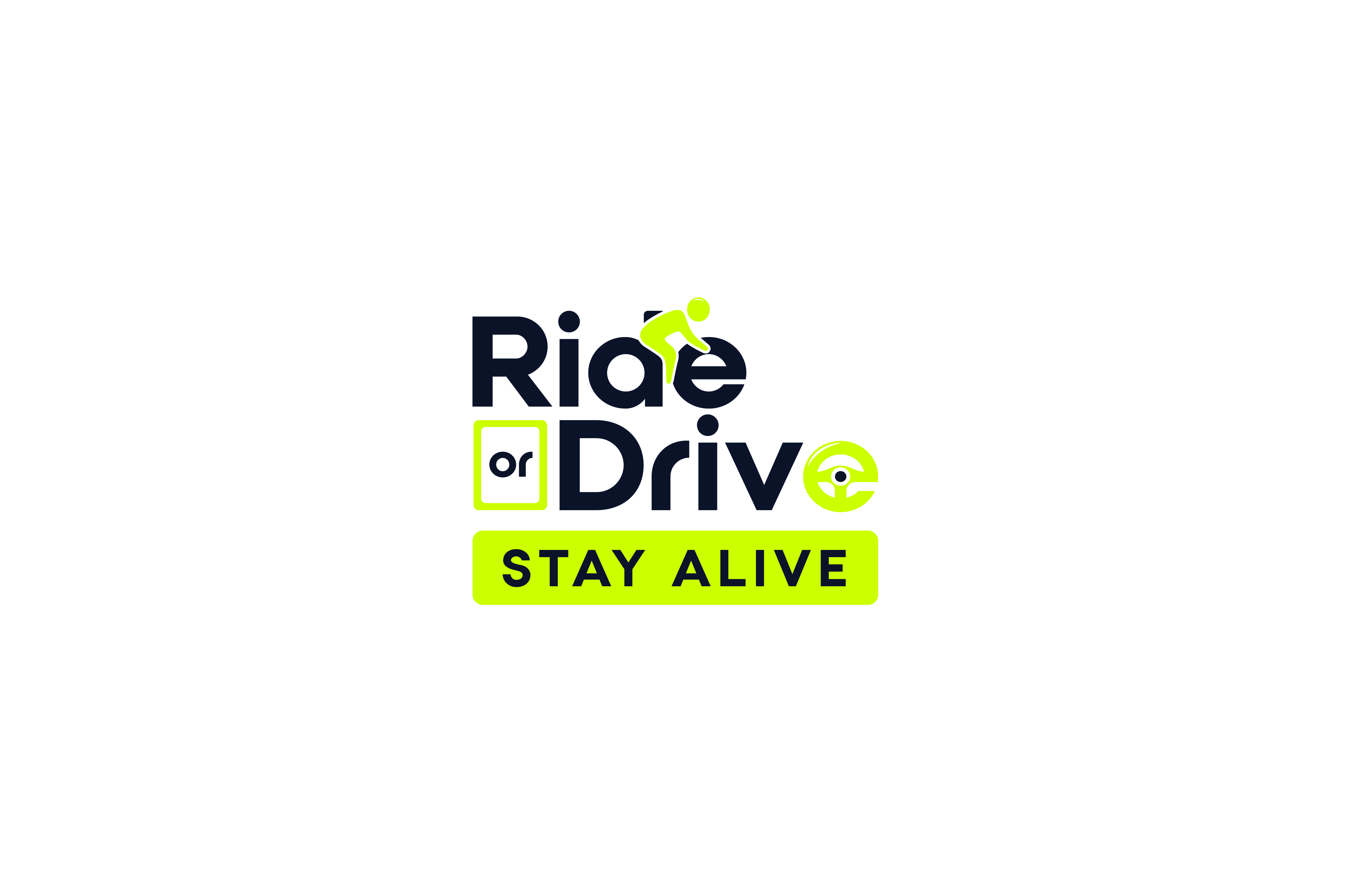
HOW CAN CYCLISTS HELP WITH SAFE PASSING?
Tasmanian drivers are required to provide 1m or 1.5m space when passing a cyclist. However, there are still many drivers who do not know the law. We need your help to spread the word!
What can cyclists do on the road?
Be visible
We encourage riders to wear bright contrasting colours by day and reflective strips in low light on the parts that move the most, i.e., legs, feet, or ankles.
Reflective trim on your wheels and tyres can also help at night by emphasizing the distinctive movement to someone driving a vehicle.
Make your intentions clear
We encourage cyclists to make their intentions clear so other road users know what you’re doing. This means using clear and visible hand signals when turning, stopping, or changing lanes, and it also means maintaining a straight line before you turn while indicating.
Be conscious of what’s happening around you
If you are riding two abreast and uphill, we encourage cyclists to consider returning to single file to allow cars to overtake.
Remember to be aware when you are travelling on the roadway. We all deserve to Arrive Alive.
For more information on Ride or Drive, Arrive Alive, follow Council on Facebook.
Ride or Drive, Arrive Alive was made possible with funding from the Community Road Safety Grant Fund and Kentish Council.
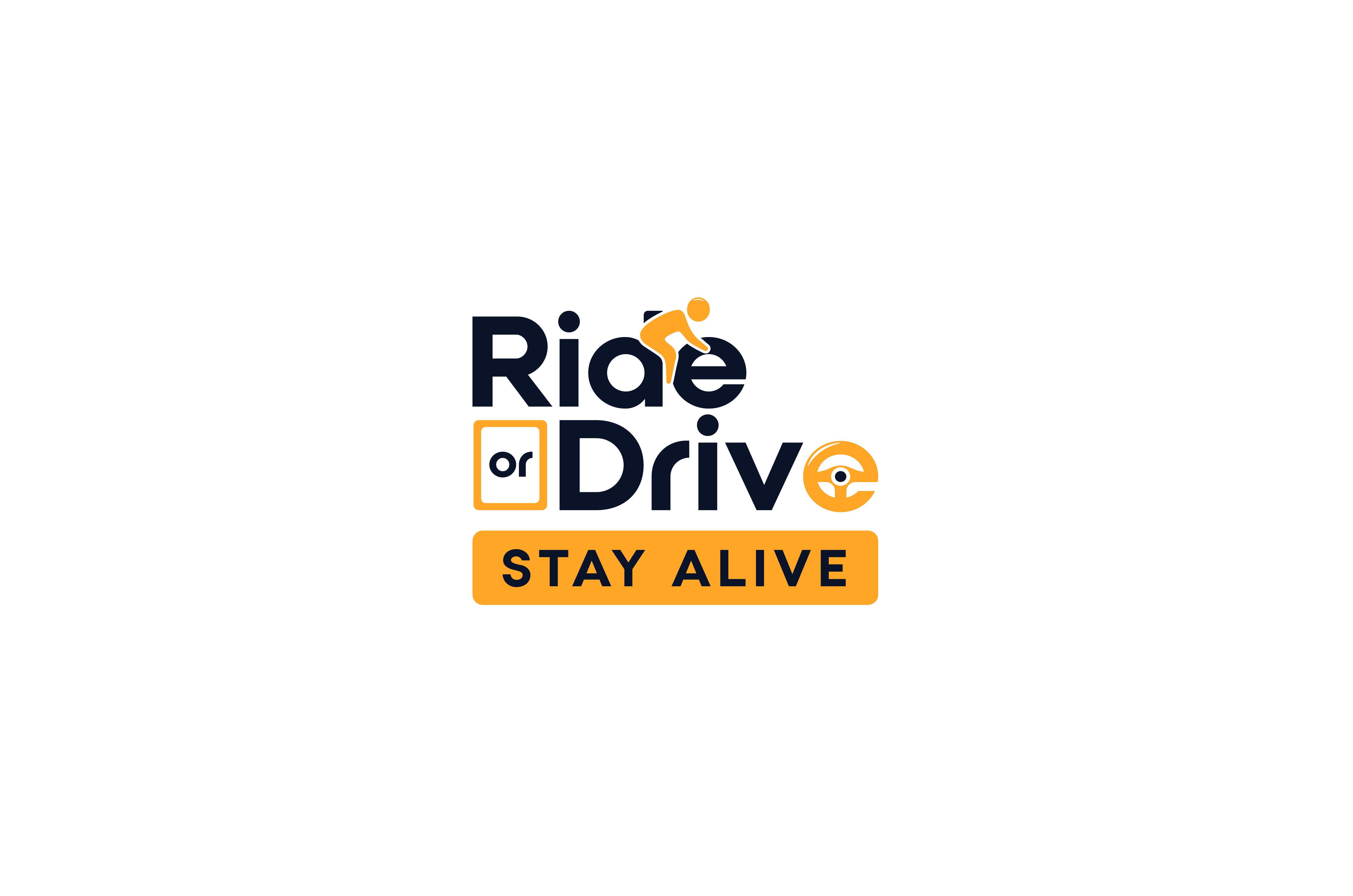
SHARE THE ROAD
There have been conflicts between cyclists and drivers since the dawn of time (maybe not that long, but you get the point). While many of these "disagreements" might have a valid argument, it never helps when either side digs in and isn't willing to change or see the other's point of view.
Bikes nor cars are going anywhere anytime soon, so it's best to try and get along.
Sharing the road with cars can be dangerous, but there are things to keep in mind to help protect yourself and foster a healthier relationship between motorists and cyclists.
Keeping the roads safe is a joint effort between those on the bike and those behind the wheel.
For cyclists:
Whether you are avid cyclist or a weekend enthusiast, there are always things you can do to improve your safety on the road.
All cyclists are reminded to:
- Obey the road rules
- Keep to the left and ride at least one metre clear of the kerb and parked cars
- Look for people opening car doors in front of you
- Be seen, during the day wear bright coloured clothing, at night wear light-coloured clothing and use a white front light and red rear light
- Look for other vehicles - never assume a driver has seen you
- Ride predictably in a straight line and signal your intention to turn or change lanes
- Ride two abreast at a maximum, unless you are overtaking
- That you can ride on footpaths, as long as you sound a warning on approach and give way to pedestrians.
For drivers:
This time of year inspires many regular and occasional cyclists to take to their two wheels.
Drivers are asked to:
- Give a minimum of one metre when passing a cyclist where the speed limit is 60 km/h or less or 1.5 metres where the speed limit is over 60 km/h
- Scan the road for cyclists
- Look for cyclists when turning or entering an intersection and give way as you would for any other vehicle
- Before opening your car door look behind and check blind spots for cyclists
- Do not drive, stop or park in a bicycle lane. You can, carefully, cross a bicycle lane to turn left, enter private property or park in a parking lane
- Keep in mind that cyclists can legally ride two abreast - be patient as you approach and overtake only when safe.
Remember to be aware when you are travelling on the roadway. We all deserve to Arrive Alive.
For more information on Ride or Drive, Arrive Alive, follow Council on Facebook.
Ride or Drive, Arrive Alive was made possible with funding from the Community Road Safety Grant Fund and Kentish Council.

STOP THE H8
Car drivers vs cyclists. It’s one of the greatest road rage triggers.
Cycling has enjoyed a huge popularity surge in recent years. But with cars and bikes increasingly competing for the same road space, those on both sides of the lane can turn a bit surly. The tension between drivers and cyclists sometimes escalates into frightening
Anger can be swift, powerful and reactive, and can make us do things we typically wouldn’t do.
Many commuters treat traffic like a race or a competition, wanting to be first to the destination. But we could achieve safer and faster travel by thinking of traffic as a coordinated activity—one where we rely on one another and remember that everyone on the road is a human being.
We all deserve to Arrive Alive.
For more information on Ride or Drive, Arrive Alive, follow Council on Facebook.
Ride or Drive, Arrive Alive was made possible with funding from the Community Road Safety Grant Fund and Kentish Council.
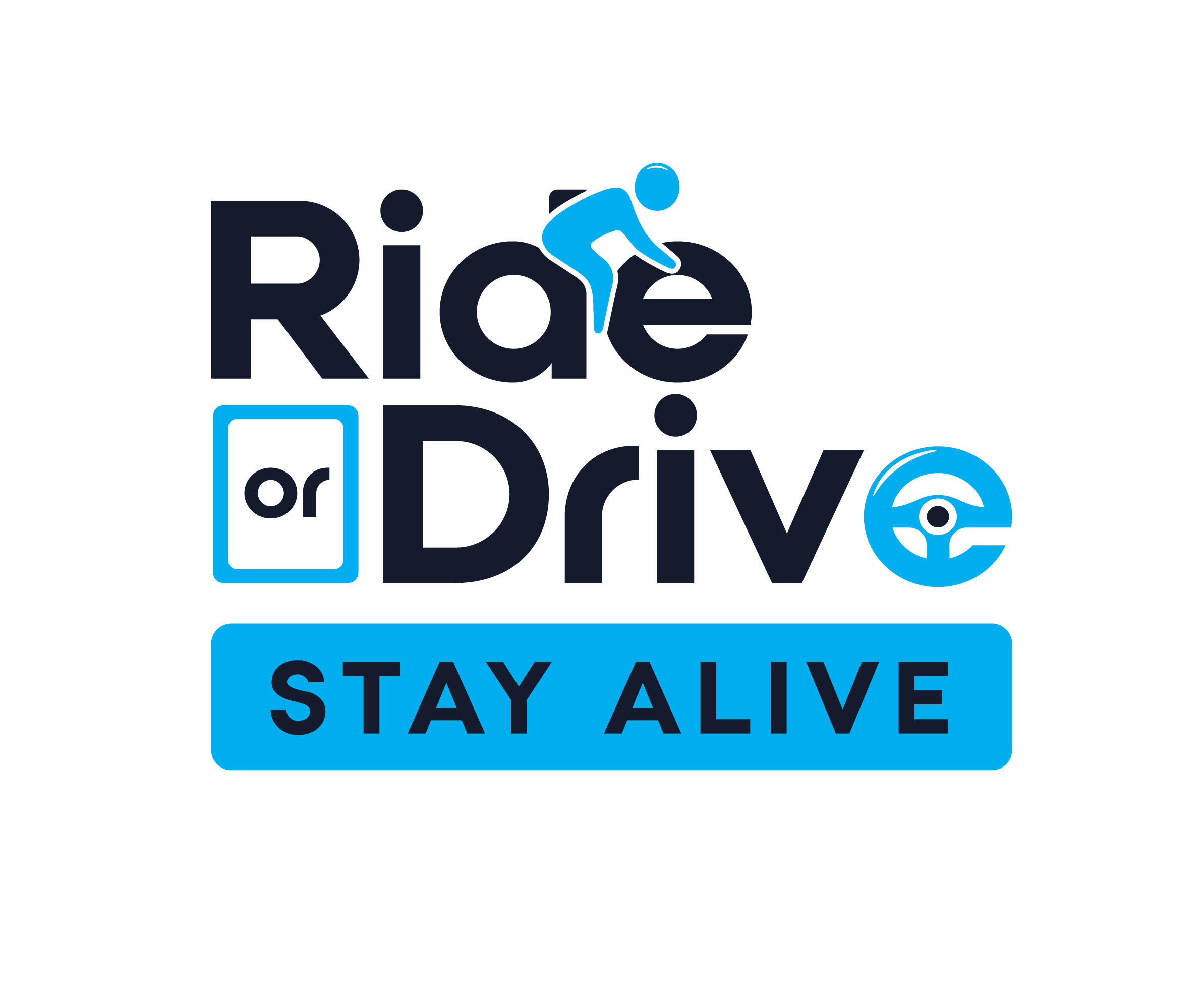
COMMUNITY ROAD SAFETY COMMITTEE - SAFETY BLOG
RIDE OR DRIVE, ARRIVE ALIVE @ 7AD
11 August 2022
Watch Lee Dixon from the Home Run 7AD with a road safety tip from Kentish Council here!

RIDE OR DRIVE, ARRIVE ALIVE
10 August 2022
Have you tuned into SeaFM or 7AD and heard a road safety message from Kentish Council?
In 2022, Council will promote “Ride or Drive, Arrive Alive” road safety message across local radio stations SeaFM and 7AD and on social media.
The Ride or Drive, Arrive Alive project is a Kentish and Latrobe Community Road Safety Committee road safety initiative to encourage safer driver and cyclist behaviour on the roadways, pathways and mountain bike trailheads in North West Tasmania.
With the number of cyclists on our paths and roadways growing, keeping the roads safe is a joint effort between those on the bike and those behind the wheel. The road is a shared space, and all road users should respect each other to ensure everyone’s safety. This year, let’s all encourage safer road behaviours and:
- Pass cyclists at safe distance, and pass slowly and carefully on rural roads
- Ride your bike predictably in the roadway and ride with traffic
- Remember that cyclists are permitted on the roadway
- Wear suitable Hi-Vis gear and obey road rules
For more information on Ride or Drive, Arrive Alive, follow Council on Facebook.
Ride or Drive, Arrive Alive was made possible with funding from the Community Road Safety Grant Fund and Kentish Council.
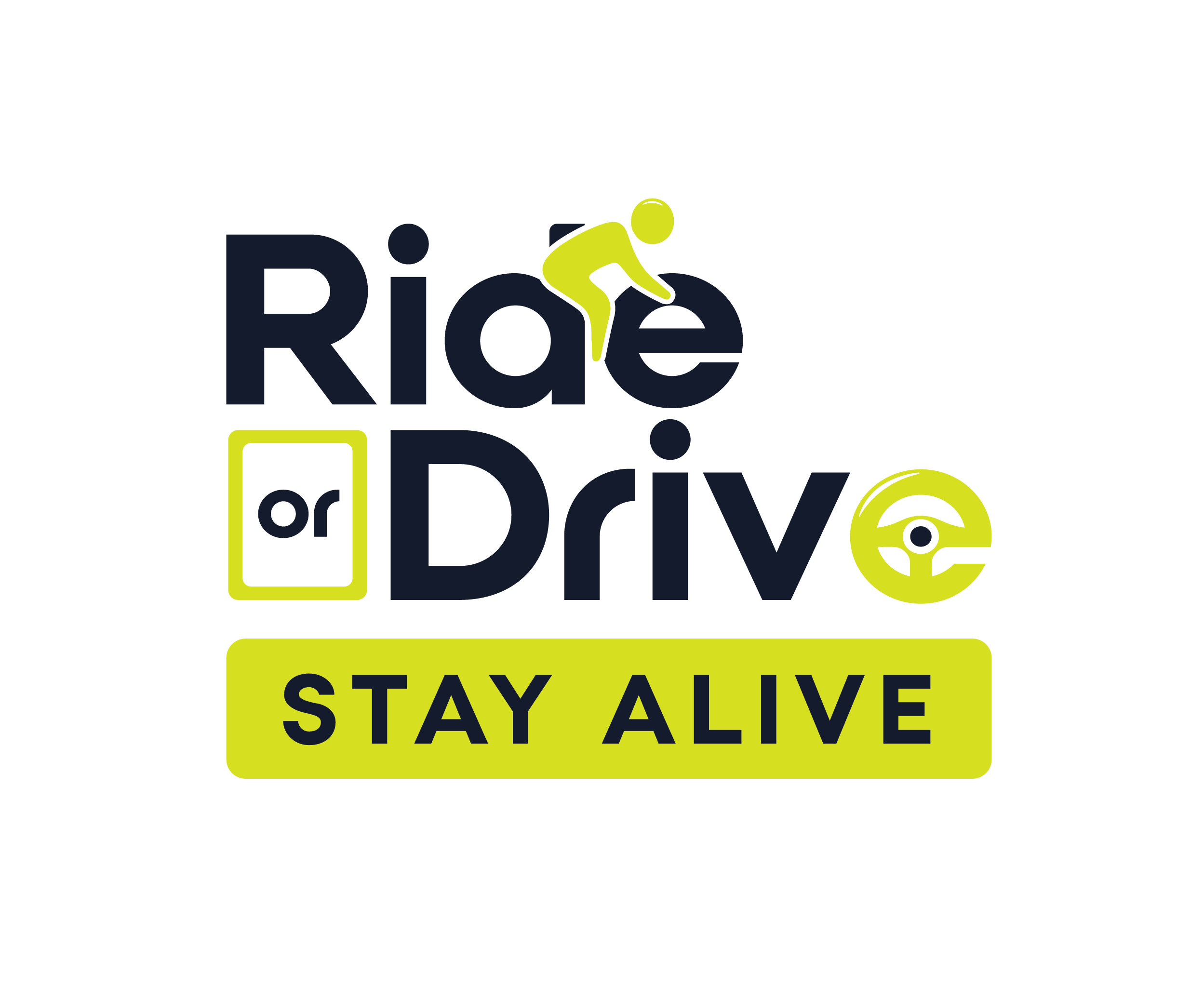
Road Safety Survey - Ride or Drive, Arrive Alive
UPDATE: This Survey is now closed.
The Community Road Safety Committee is working to promote rural road safety and foster a friendly relationship between motorists and cyclists.
The first step is a Road Safety Survey to record a current “snapshot” of cyclist and motorist attitudes and behaviours.
By completing the survey you will have a say in developing future community education campaigns that may contribute to improved safety on our roads.
All information collected in the survey is anonymous, and no personal data will be collected.
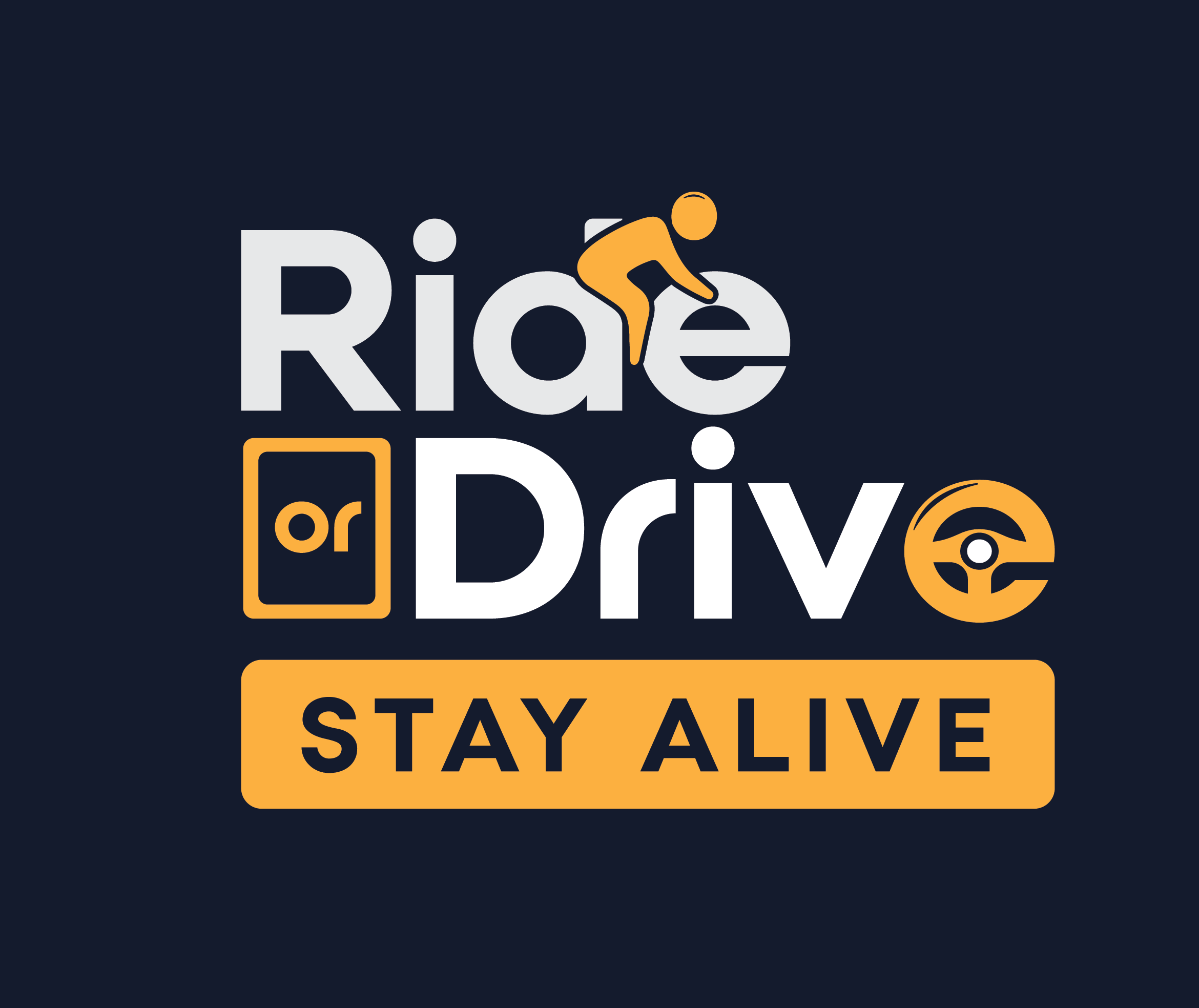
Over is Over
24 December 2021
Low level speeding is contributing to deaths and serious injuries on our roads. And it's something we're all doing. We think there aren't any consequences, but that's simply not true. We're passing out bad habits onto our children. We're normalising it in our community. And we're increasing the likelihood of a devastating crash. The reality is, if you drive just a few kms over the speed limit, it's over. Over is Over.
Ride with Respect
23 December 2021
If you are using a skateboard or electric scooter during the holidays, remember to ride with respect.
Mud on the Road
With the wetter Winter weather, there are increasing reports of mud causing a hazard on local roads. Mud can be a significant hazard to other motorists and can result in serious and even fatal collisions. Persons creating this hazard are responsible for cleaning up mud dropped on public roads by their vehicles and livestock. Fines can apply.
What can you do?
1. Clean the mud from vehicles as much as possible before they are taken onto the road. The fact that cleaning mud off vehicles might be inconvenient may not be a defense in law.
2. Use your own farm roads whenever possible.
3. Keep to low speeds to help retain mud on the vehicle, especially when only travelling a short distance.
4. Clean the road as necessary during the working day and always at the end of the working day.
5. Between cleans, erect appropriately positioned signage to warn other road users about the hazard.
Vehicle operators, contractors and farmers who deposit mud on the road are potentially liable for a range of offences. This guidance note is not a complete statement of the law or of your responsibilities and possible liabilities.
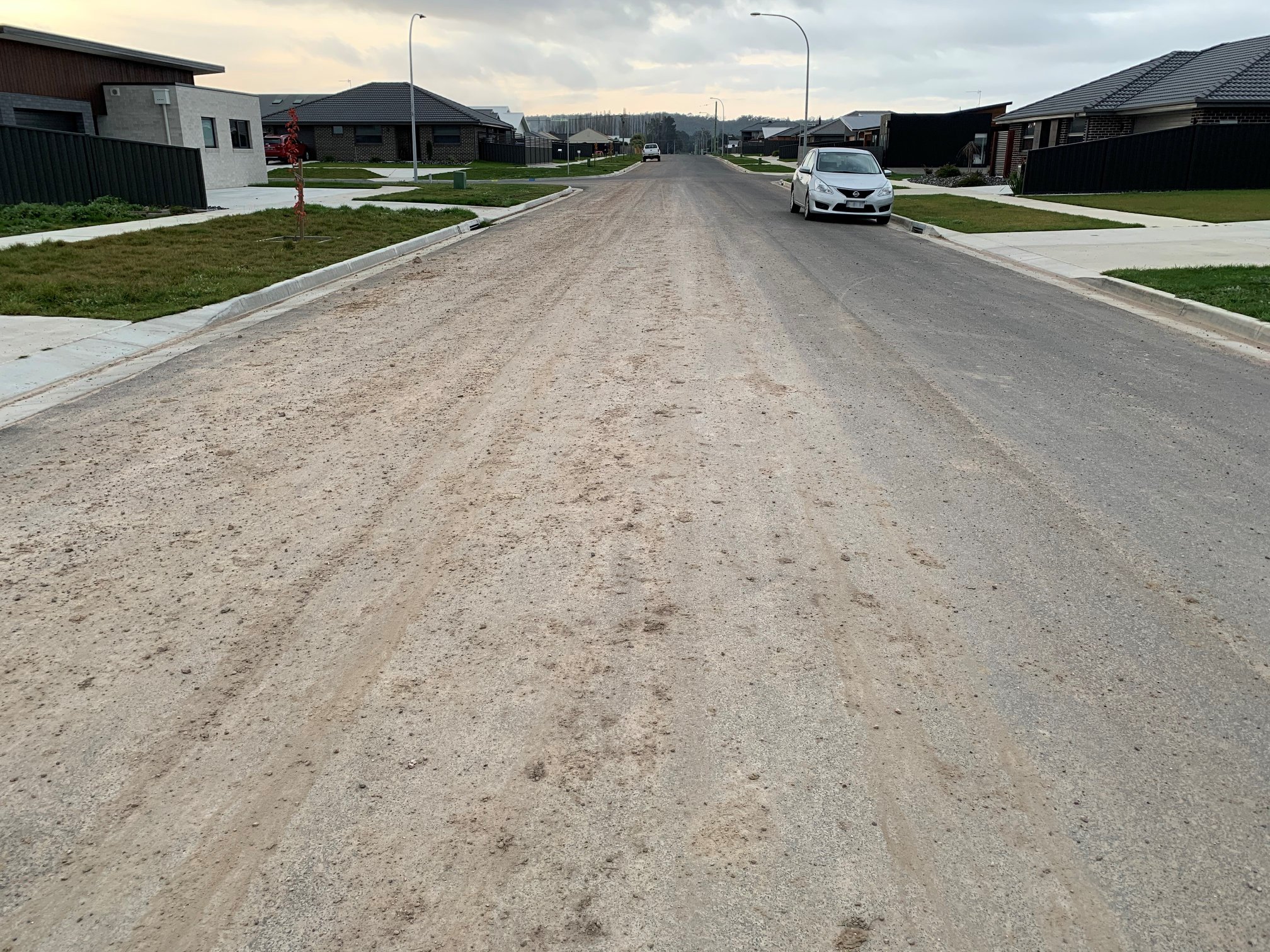
Long Weekend Road Safety Tips
5 June 2020
Over the Queen’s Birthday Public Holiday many families may be considering a road trip in and around our region.
One of the most dangerous things we can do on our trip is to get behind the wheel while fatigued.
The constant torment of ‘are we there yet’ from the back seat may be enough for some drivers to remain alert, however we encourage motorists to consider the following tips before setting off:
- Do not drive if you are already feeling tired.
- Avoid travelling long distances after a long flight.
- Ensure you regularly get enough sleep before travelling.
- Avoid driving at the high risk times (during normal sleep times).
- Take frequent breaks (a rest break every 2 hours is recommended).
- If you’re feeling sleepy, stop immediately. A short nap of 10-20 minutes can prevent some fatigue.
- Allow time to recover before continuing.
- Share the driving task with others.
Motorists should also ensure their vehicles are well serviced and in good condition prior to departure.
Enjoy the long weekend and keep you and your loved ones safe on our roads.
Slippery When Icy
4 June 2020
Tasmania is a great place to explore with beautiful scenery changing landscapes and roads that make for a great journey - but conditions can take you by surprise.
As summer turns towards the colder months it brings with it colder temperatures, unstable weather, and potentially dangerous driving conditions. Dealing with low visibility in rainy and foggy weather, battling icy roads, snow, and even just starting the car on cold mornings – the list of winter road hazards can be extensive.
Luckily, we have a few tips for winter driving.
Slow down - Wet, icy roads can greatly impact your car's ability to slow down. Reducing your speed is the number-one way you can counteract any close-calls.
Use your headlights - In areas of low visibility drive with your lights on low beam, and if you are forced to stop for any reason be sure to use your hazard lights
Following distance - Keep an appropriate following distance between yourself and the vehicle in front of you as slippery conditions will affect your stopping distance.
Avoid sudden braking and turning - Take it easy on your brakes. Avoid hazards by braking gradually before you reach corners and remember to leave early so you will not be inclined to rush.
Check your vehicle before departing – Check your car and make sure everything is working. The older the tyres the more likely they will struggle on slippery roads.
Clear your windscreen – Your car windscreen is more likely to fog over in cold weather. To avoid this, turn on your heater to melt the ice before your leave. A towel can also be left over the windscreen at night.
Remember to drive to the conditions this winter season and pay attention to the warning signs about hazardous conditions to ensure you enjoy a safe journey on our roads.
![]()
High Beam Headlights
1 June 2020
With the longer nights during the winter months in Tasmania, it is worth thinking about the best ways to stay safe on the road - especially in times of poor visibility.
When should you use your high beams?
Whenever you are driving at night, on an empty road with no street lights, it is advised that you use your high beams so that you can see ahead and watch for any obstacles.
When shouldn't you use your high beams?
The Tasmanian road rules say that you are not allowed to switch on your high beams if there are any vehicles less than 200 metres ahead of you, whether they are driving in the same direction or on the other side of the road.
You should also not use your high beams when it is raining heavily, or in thick fog as high beams can reflect back in this type of weather and make seeing even more difficult.
What else should I know?
It is a good idea to test your high beams every now and then just to make sure they are working properly and won't let you down when you need them.
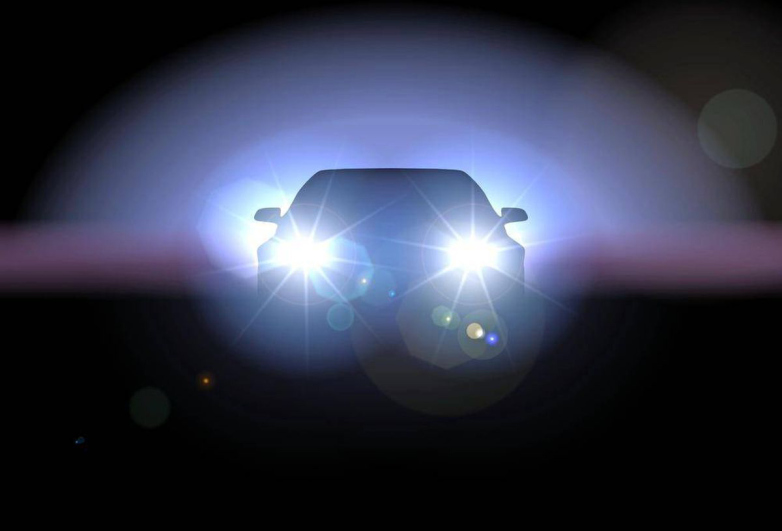
Fatality Free Friday
Zero Deaths on Australian Roads for Just One Day.
Friday, 29 May 2020
Road safety is a complex issue, but the Australian Road Safety Foundation (ARSF) believes that if drivers consciously think about road safety and safe driving for just one Friday in the year, that day’s toll – statistically about 5.3 deaths – could be reduced to zero.
That’s our aim. Not a single road death in Australia for just one day. Just one Fatality Free Friday.
The Community Road Safety Committee and ARSF believe that if drivers are asked to actively concentrate on road safety and safe driving for just one day in the year, they’ll drive safer for the next few days too and, over time, change their outlook completely, consciously thinking about safety each and every day they get behind the wheel.
Take the Pledge to Drive Safely
- Always be fit to drive
- Stay focused on the road
- Scan the road ahead
- Keep a safe distance
- Drive to suit the conditions
The Australian Road Safety Foundation (ARSF) is a not for profit organisation dedicated to reducing road fatalities and injuries.
Wildlife on our Roads
Every year thousands of native animals are killed on Tasmanian roads. Collisions between wildlife and motorists on the roads is not only a concern for injured or killed wildlife but can also be huge safety concern for drivers and passengers.
As we head into winter most of us will drive to and from work closer to the dawn and dusk hours when our wildlife is most active. Please take extra care when driving during these times to help avoid a collision.
Handy tips on how to keep yourself and our native wildlife safe when driving.
- Be aware – animals are more active near waterholes and creeks, and harder to see at sunrise and sunset
- Reduce your speed – slow down when you see animal warning signs
- Stay alert – animals are unpredictable, so expect the unexpected
- Brake safely – always apply your brakes in a controlled manner
- Never swerve – it is safer to hit an animal than swerve and lose control of your vehicle
If you come across sick or injured wildlife contact the Injured and Orphaned Wildlife Program 6465 4305 (business hours) or Bonorong Wildlife Rescue 0447 264 625 (all hours).
To report wildlife killed on our roads download the Roadkill TAS App

Use Your Head - Wear a helmet
It's uncomfortable and hot. It messes up my hair. It isn't cool. I'm only going a short distance. I'm not going to fall, so I don't need one.
These are just a few of the reasons people (children and adults!) give for not wearing a helmet while riding a bicycle, scooter or skateboard. But wearing a bike helmet isn't just smart – it’s also the law.
- Set a good example by following the rules of the road yourself. Bike helmets should be mandatory for all the family!
- Bike helmets protect against brain injury, so make sure you wear a correctly fitting helmet on every ride.
- Is your helmet comfortable? If it is uncomfortable, it’s likely you’re wearing a helmet that doesn’t fit.
- A helmet will help you be seen. A light coloured, or reflective helmet can help motorists and pedestrians see you on the road
A helmet is an inexpensive piece of equipment that could save your life one day!
Whether you are riding on the road, playing on the new Railton Pump Track or blazing your way down the Wild Mersey Mountain Bike Trails we encourage you to share this article to your family and friends and encourage a safer, active environment for us all.

Why Report A Near Miss?
What is a near miss?
A near miss is an unplanned event that did not result in injury or accident but had the potential to do so. As road users we generally do not report near misses – after all, no one was hurt!
However, if an accident or damage had occurred the incident would have been reported to Tasmania Police and an investigation could have been carried out.
Why is reporting near misses important?
Near misses can be regarded as early warning signs that something may be wrong somewhere. A record of near misses at location could lead to corrective action that may prevent more serious injuries or accidents at that location in the future.
A near miss is your early warning system. Don’t wait for an accident or injury before your act – To report a near miss in Tasmania contact Tasmania Police on 131 444 or tasmania.police@police.tas.gov.au; Kentish Council at council@kentish.tas.gov.au or 6491 0200; or, Latrobe Council at council@latrobe.tas.gov.au or 6426 4444.
Keep Your Load Off the Road
Unsecured loads can cause damage, serious crashes and death by falling onto the road and into the path of other vehicles.
Road users carrying a load either on the back or top of a vehicle or trailer must make sure it does not move, flap, sway or blow off.
When towing a light trailer, the rear overhang distance (ROH) should not exceed 3.7 meters.
Cover, restrain or store items securely to prevent damage, a serious crash or a fine. Always remember that your life and the life of others relies on proper load restraint.
For information on how to accurately calculate the ROH or secure your load visit https://www.transport.tas.gov.au/__data/assets/pdf_file/0005/172490/Carrying_Loads_-_Information_Bulletin-_July_.pdf
Leave Your Phone Alone
Any good driver can quickly become a bad one – all it takes is a glance at your phone.
Good drivers – which most people think they are – don’t use their phone while driving.
Inattention and distraction while driving is contributing factor in about a quarter of serious road crash casualties (fatalities and serious injuries) in the past five years.
Many of us think that driving while texting or using the phone isn’t dangerous. We consider ourselves good drivers who are experienced and skilled enough to drive and use their phone.
We can’t. No one can drive and use their phone at the same time. It is never safe to do it and in the few seconds we take our eyes off the road, a crash can happen.
Don’t be a goose. Leave your phone alone and drive so others can survive.
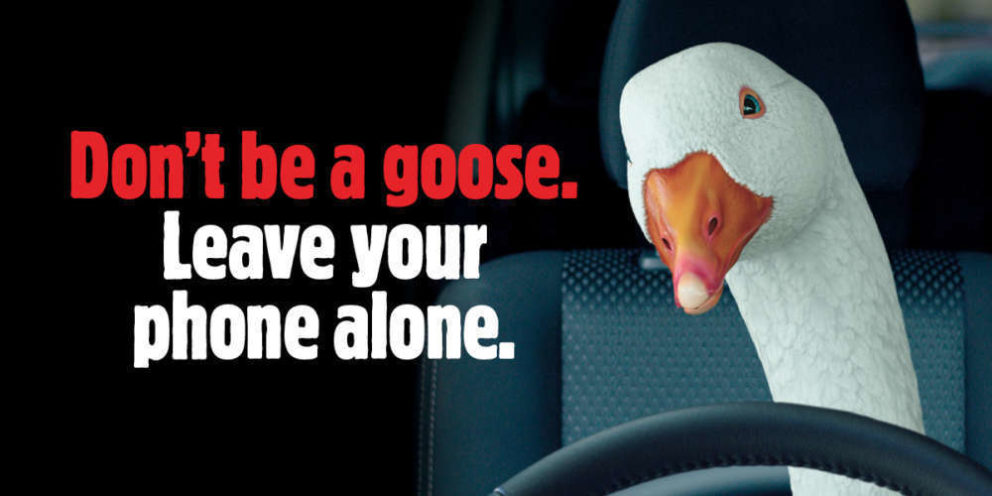
Factor the Tractor
It’s approaching the harvesting season in much of the North West Coast, and this means slow moving tractors, crop harvesters and more heavy machinery on our roads particularly in rural areas.
Both Kentish and Latrobe have significant areas of primary production farmland that see high volumes of farm machinery on the roadways.
Farmers play an important role in our community; not only do they grow the food we eat, but chances are they are our friends or family.
So, when you’re in driving in through rural areas, please slow down and always ‘Factor the Tractor!’
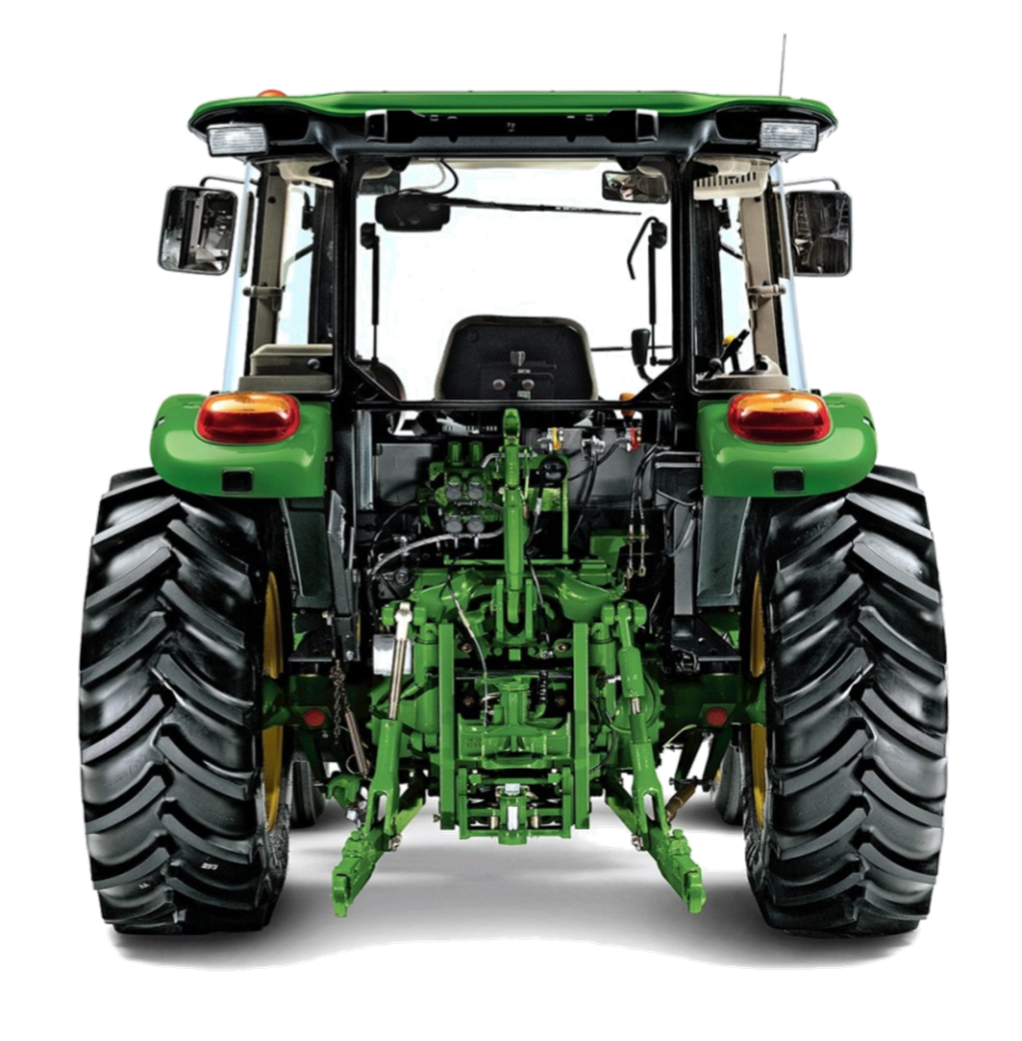
School Holiday Road Safety Tips
Over the school holidays many families may be considering a road trip in and around our region to beat the holiday boredom.
One of the most dangerous things we can do on our trip is to get behind the wheel while fatigued.
The constant torment of ‘are we there yet’ from the back seat may be enough for some drivers to remain alert, however we encourage motorists to consider the following tips before setting off:
- Do not drive if you are already feeling tired.
- Avoid travelling long distances after a long flight.
- Ensure you regularly get enough sleep before travelling.
- Avoid driving at the high risk times (during normal sleep times).
- Take frequent breaks (a rest break every 2 hours is recommended).
- If you’re feeling sleepy, stop immediately. A short nap of 10-20 minutes can prevent some fatigue.
- Allow time to recover before continuing.
- Share the driving task with others.
Motorists should also ensure their vehicles are well serviced and in good condition prior to departure.
Enjoy the school holidays and keep you and your loved ones safe on our roads.

